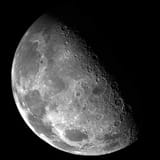Moon Monday #220: Lunar science galore from the Chandrayaans
Plus mission updates and some tangents.
Mission updates

- India approved the joint ISRO-JAXA Chandrayaan 5 / LUPEX mission to drill and analyze water ice on the Moon. I’ve collated, contextualized, and linked to every mission specific we know of. I also explain how Chandrayaan 5 LUPEX will be a giant leap for ISRO and JAXA, and how it can provide NASA with data critical for Artemis planning:
- As hardware elements of the crewed Artemis II Moon mission are coming along slowly for the targeted launch next year, teams and the crew are practicing crew capsule related sea recovery procedures for when the mission nears its end with a splash on Earth.
- Progress continues slowly on the NASA-led Gateway lunar orbital habitat. After passing various space environmental tests, the core pressurized structure of Gateway’s HALO habitat module built by Thales Alenia Space was shipped from Europe to the US as of April 1. It will now undergo outfitting at lead HALO contractor Northrop Grumman’s facility, and then be mated to Gateway’s also-in-assembly Power and Propulsion Element ahead of a SpaceX Falcon Heavy rocket launch no earlier than December 2027.
Lunar science galore from Chandrayaan 2
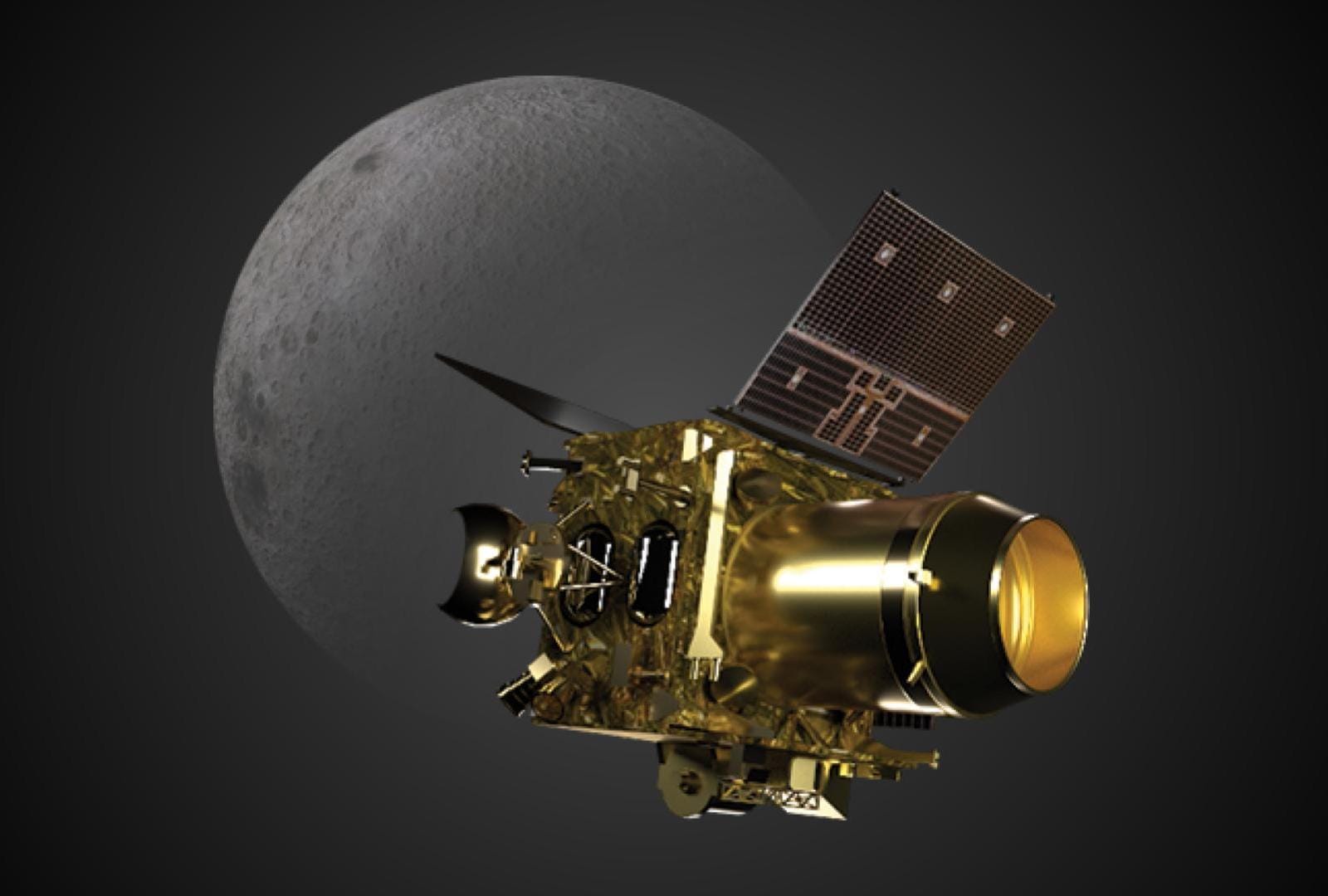
- With another joint analysis specifically identifying a possible landing area, ISRO’s Chandrayaan 2 orbiter continues aiding NASA in landing site selection for the crewed Artemis III Moon mission targeting launch later this decade.
- In February 2024, the UK Space Agency funded Royal Holloway, University of London (RHUL) with £306,000 to develop software for the Chandrayaan 2 orbiter to help its multi-band radar better detect underground water ice on the Moon’s poles. Initial results are now out, showing some headway. The orbiter’s radar data is also aiding geological studies.
- Analyzing how two-way radio signals between the Chandrayaan 2 orbiter and an Indian Deep Space Network antenna were affected, scientists have inferred the first electron density profile of the Moon’s ionosphere for when the Moon passes through Earth’s geomagnetic tail, finding the density to be substantially higher than expected.
- Stereo images from the Chandrayaan 2 orbiter’s TMC-2 payload are being used to study volcanic domes.
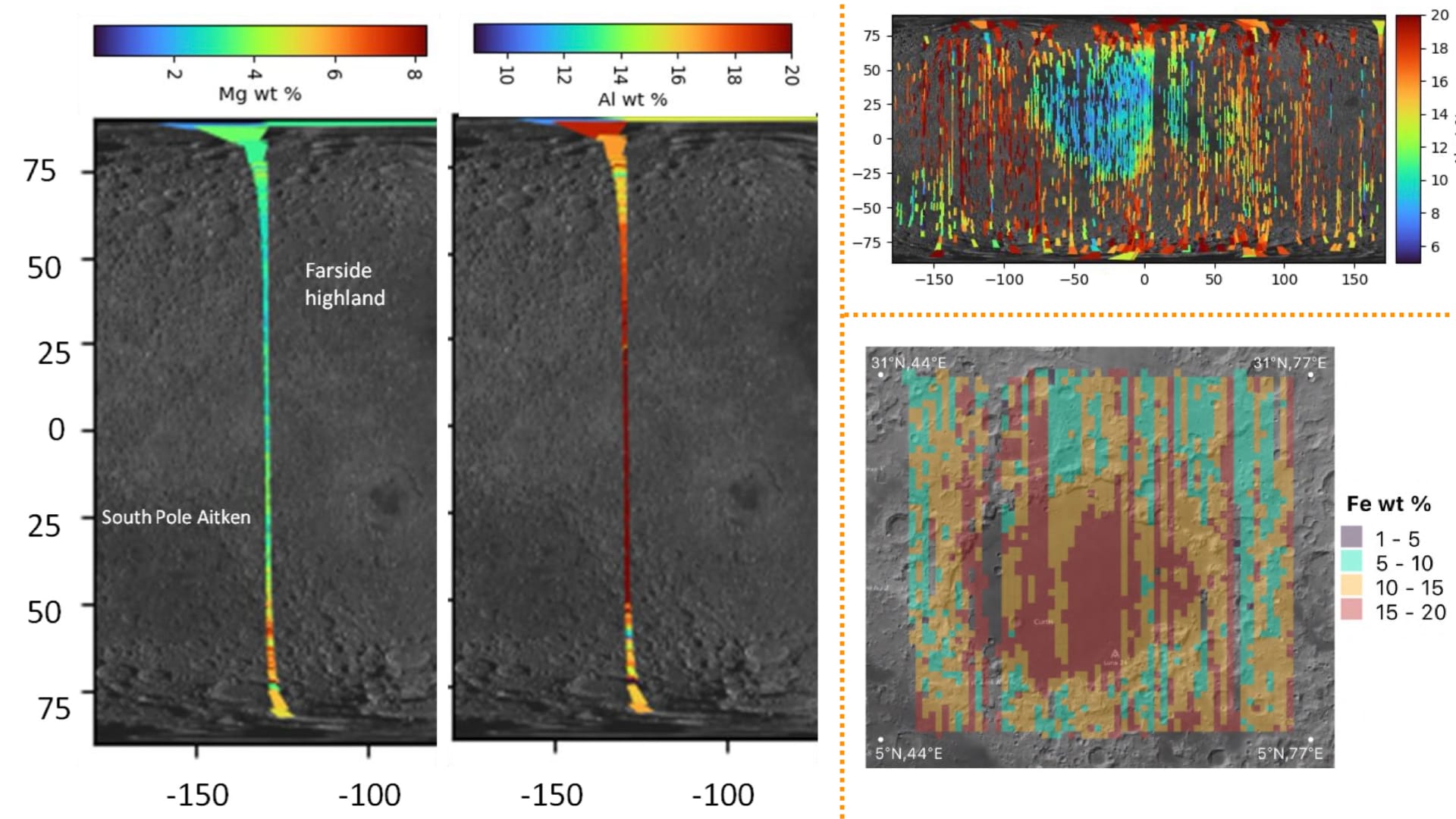
- The CLASS spectrometer on the Chandrayaan 2 orbiter has provided the largest and highest-resolution X-ray mapping of the Moon’s surface elements using orbital data collected over the first three years of its operation. This previously led to the first ever global-scale sodium maps of the Moon, and identifying Chromium in volcanic lunar soil. Now, with more studies based on CLASS data, the instrument continues assisting in detailed geological and volcanic analysis of several lunar features, including Mare Imbrium, Mare Crisium, and the puzzling nature of Irregular Mare Patches. Studying these datasets is unraveling specifics of how our Moon evolved and helping scientists constrain the lunar crust’s composition.
- Researchers have been using the Chandrayaan 2 orbiter’s high-resolution camera, which is the world’s sharpest lunar imager, to identify sub-resolution tracks of Chandrayaan 3’s rover based on illumination changes. Scientists are also using the imager to study interactions between the lander’s engine plumes and lunar regolith during when Chandrayaan 3’s lander hopped towards the end of its surface mission.
The case of IIRS
- The IIRS infrared spectrometer on the Chandrayaan 2 orbiter is the successor to the M3 instrument on Chandrayaan 1 which discovered lunar water. IIRS was supposed to advance the next phase of lunar exploration by helping locate and quantify water ice deposits on the Moon’s poles. However, the expected results haven’t come due to issues with calibration of IIRS data. The team is still slowly progressing on making its data products useful, and there’s some usage demonstrated with mineral compositional studies. But the lack of firm, expected results from IIRS are made poignant by the fact that it’s been in lunar orbit for over five years since Chandrayaan 2’s launch in 2019. There may be a silver lining. Recently a team of US scientists calibrated IIRS datasets on their own to be able to leverage the spectrometer’s potency:
Observations from the Chandrayaan-2 Imaging Infrared Spectrometer (IIRS) present a unique opportunity to study lunar hydration, given the instrument’s spectral range of 0.9–5.3 μm, spectral resolution of 20 nm, and spatial resolution of ~80 m. This instrument is similar to the Moon Mineralogy Mapper (M3) on Chandrayaan-1 but the longer spectral range allows for direct removal of the lunar thermal emission which affects the 3 µm band. After five years in orbit, IIRS has accumulated enough observations to include the same surface regions under different lighting conditions. [...] We use the IIRS data to analyze the spatial and temporal variability of the 3 µm absorption feature on the lunar surface to explore the effect of temperature/illumination conditions on the presence of hydration.
Related: How Chandrayaan 1, 2 and 3 leveraged their view from the Moon to image a solar eclipse, study the Sun’s flares, and observe Earth as an exoplanet
Thank you to Astrolab and GalaxEye Space for sponsoring this week’s Moon Monday! If you too appreciate my efforts to bring you this curated community resource for free and without ads, support my independent writing. 🌙
More lunar science
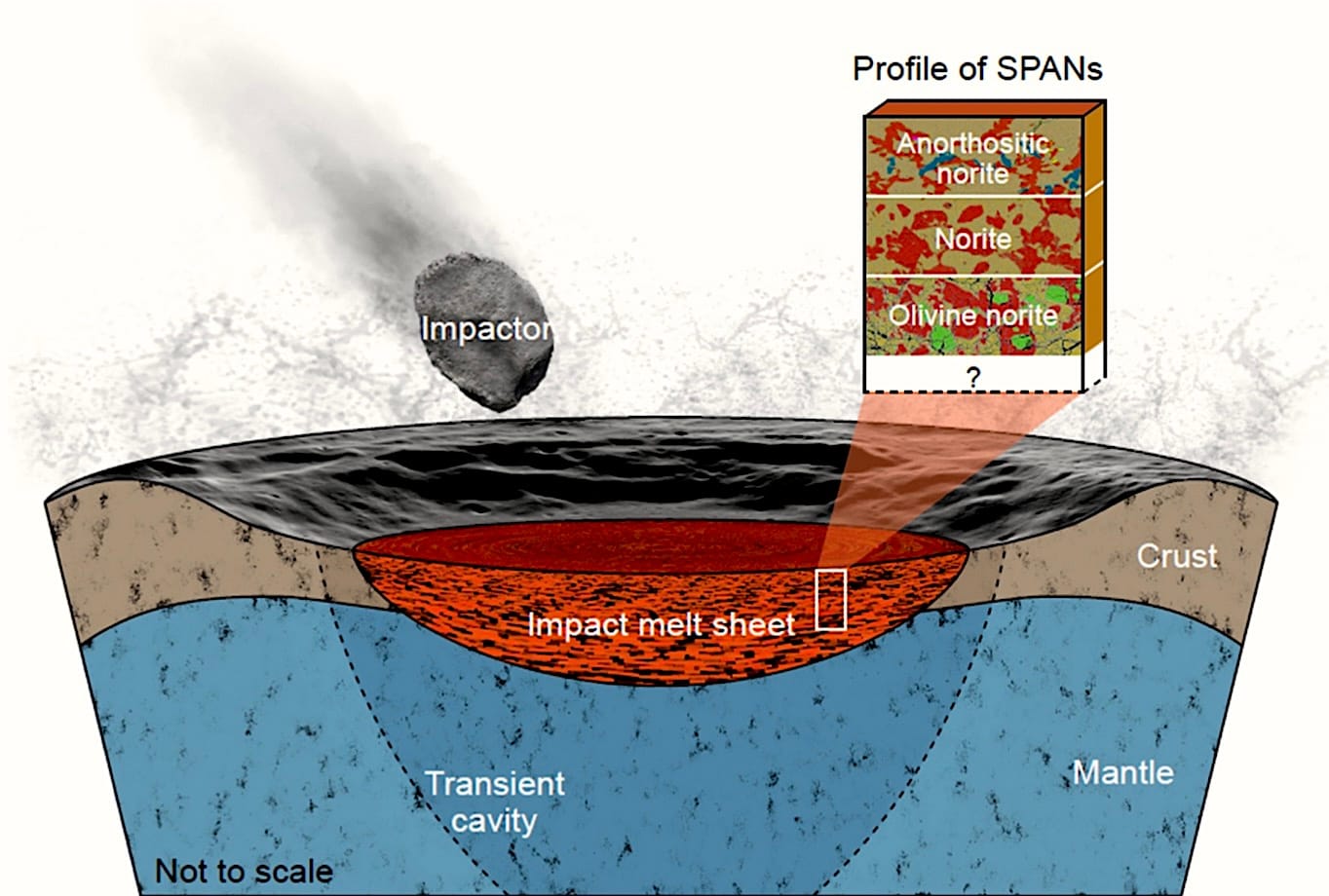
- Our Moon’s massive South Pole-Aitken basin got an age thanks to China’s Chang’e 6 mission but people and media in the West have barely talked about it. If this was a NASA mission, they’d be screaming on all channels and everyone spacey would share it like it’s the biggest thing right now—which in the lunar world it is! I covered it on Moon Monday to do my part.
- The National Museum of China in Beijing is hosting a two-month exhibit on China’s extremely successful Chang’e lunar exploration program to educate and inspire the public at large. As part of it, CNSA is also displaying Moon samples brought to Earth by its Chang’e 5 and Chang’e 6 missions. A few months ago, China exhibited Chang’e 5 lunar samples at the Beijing Planetarium.

- The first geological map of Chandrayaan 3’s landing region reveals it to be 3.7 billion years old. The region has been significantly altered since its formation by subsequent crater impacts and their material ejections.
- The composition of high-latitude lunar soil measured by Chandrayaan 3 is being used to create lunar soil simulants from Moon-like anorthositic rocks in the UAE.
- ispace Japan’s US subsidiary has formed a scientific advisory board, featuring well known names in the lunar community, with the aim of strengthening its lunar exploration approach and competitiveness in NASA’s CLPS program.
More Moon
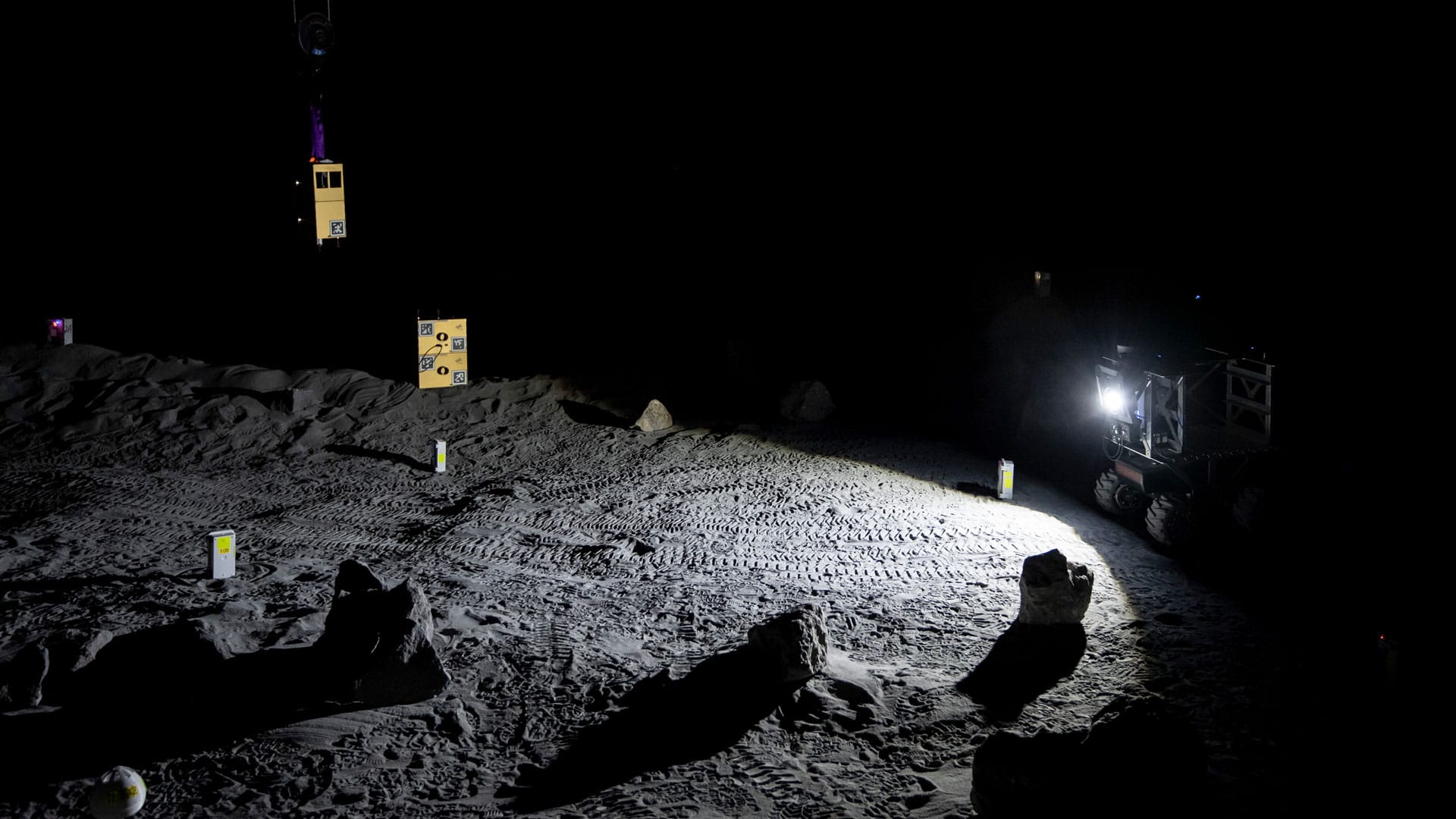
- Jeff Foust reports that several CLPS lunar lander companies expressed asking for large delivery contracts, block buys of missions, investment in testing facilities and communications services, and non-NASA US government buyers in a US Congressional hearing.
- ESA’s new Moon-simulating LUNA facility continues being used by researchers for honing future exploration development, with the latest tests seeing multiple hardware devices and rovers working in tandem to autonomously map and navigate unknown terrain.
- A group of researchers at the Indian Institute of Science have been progressing on bacteria-based lunar regolith simulant bricks that are repairable.
- Moon missions can be both cheaper and safer if more countries share navigation infrastructure. I wrote on how its implementation details matter for the Open Lunar Foundation (a Moon Monday sponsor) and why they’ve taken up this research scope.
